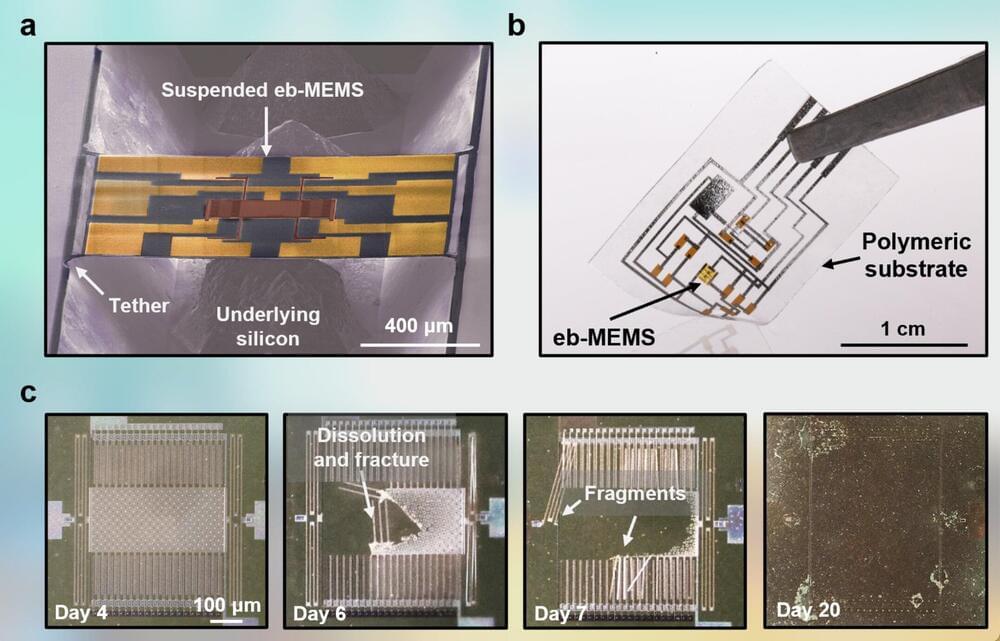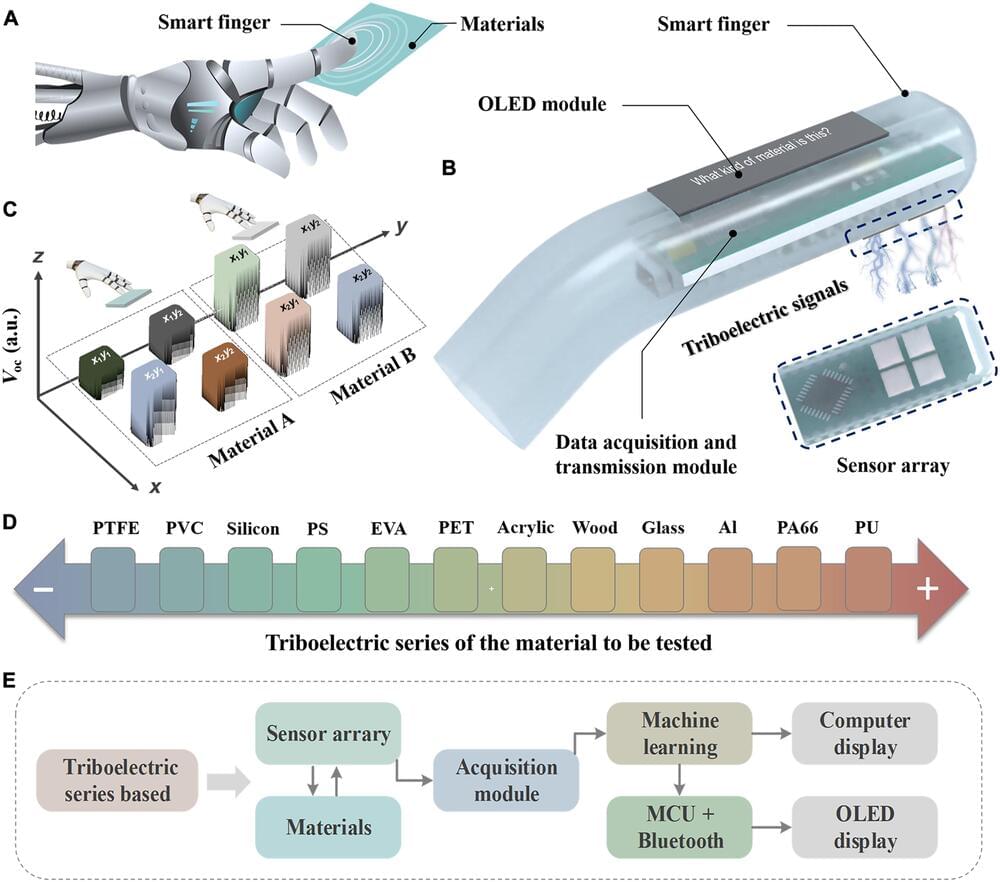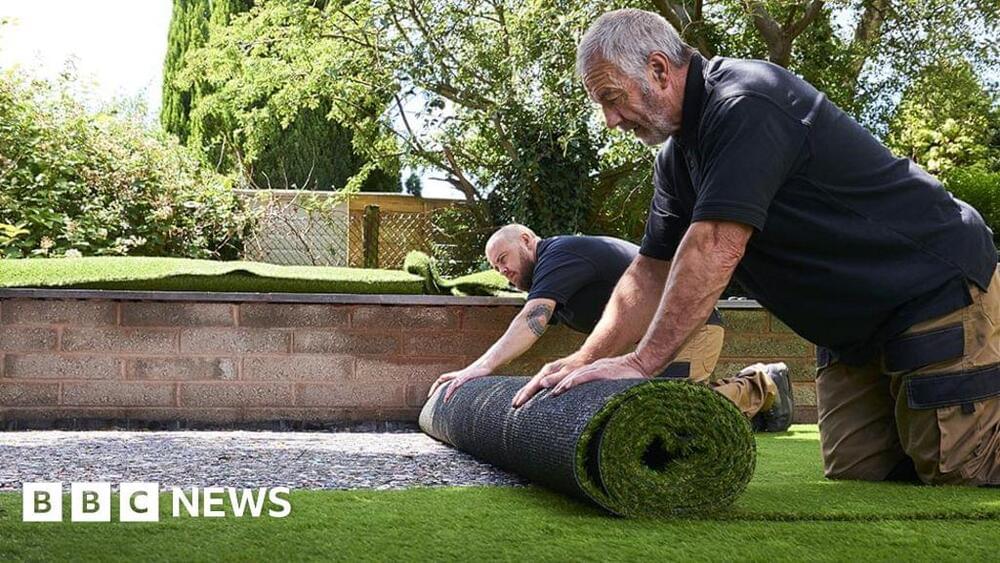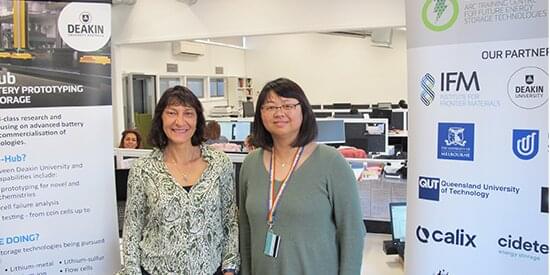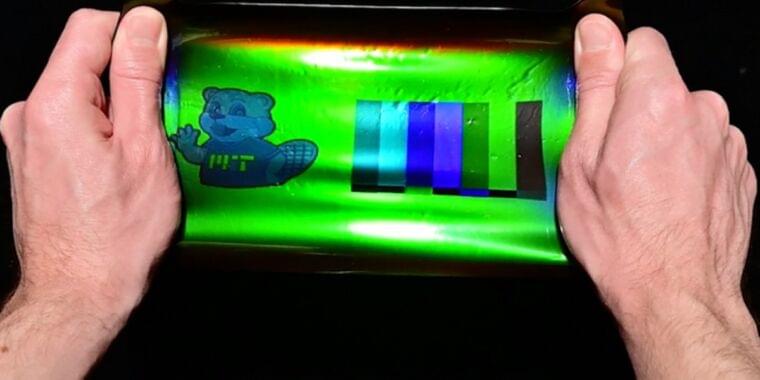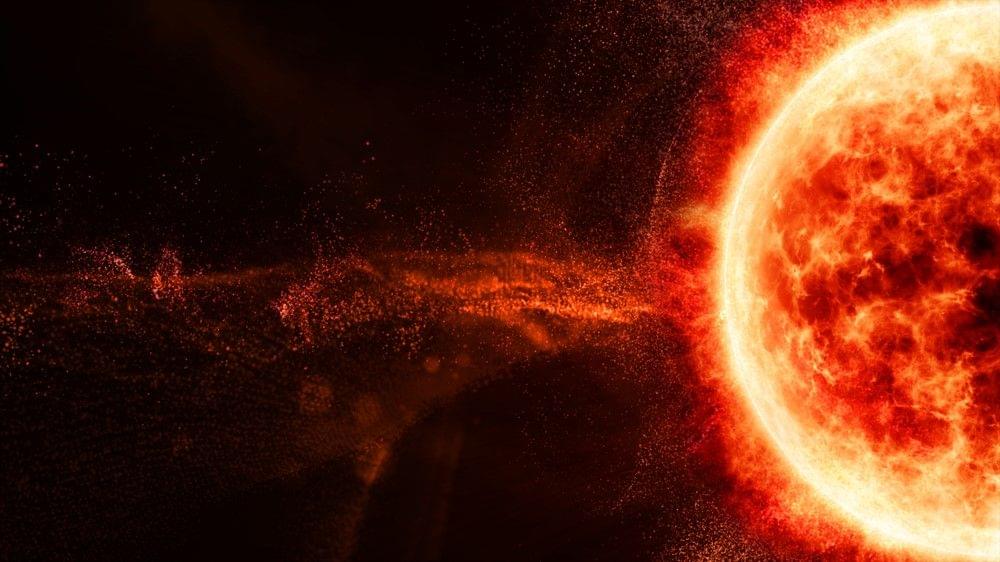Aug 10, 2022
This oddly-shaped Finnish cabin was made with cross-laminated timber to withstand subarctic cold!
Posted by Shubham Ghosh Roy in categories: materials, sustainability
This cabin in the woods is an otherworldly, all-black, geometric structure built to provide cozy refuge even in harsh Finnish winters. It was designed for a California-based CEO who returned home to Finland with her family to be closer to her ancestral land so she could maintain it. The cabin is aptly named Meteorite based on its unique shape and is set in a clearing surrounded by spruce and birch trees. The cabin is made entirely from cross-laminated timber (CLT) which is a sustainable alternative to other construction materials.

